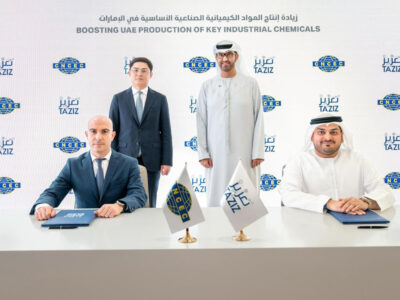Most industry players will agree that the main objectives of tendering is two fold: firstly, the tendering process enables the employer to secure a suitable contractor to carry out the intended works at a competitive price; secondly, the process provides a level platform for tenderers to understand the requirements of the intended works and the various risks involved in carrying out the works before deciding on the bid price.
During the heat of the construction market more than six months ago, industry stakeholders were engrossed in negotiating and closing deals as quickly as they could after the tender closing dates, thus not giving sufficient emphasis on the legal aspects of the tendering process. From our experience, there have been instances where parties compromised on the legal issues during or after the tendering process for fear of missing the set milestones of a particular project.
Industry stakeholders should now take stock of their past practices and look at improving ways in which construction contracts are awarded and accepted.
The two stage contract
The tendering process has developed into a very comprehensive and complex procurement process. It often involves many steps and procedures that tenderers must undertake and numerous conditions that must be satisfied before they are eligible to move to the next stage.
From a legal perspective, bilateral rights and obligations may arise when an invitation to tender or a Request For Tender (RFT) document is issued. However, these documents should be framed in a way that does not create any legal relationship between the inviter (the employer) and the prospective tenderers at large. In other words, unless the tenderers participate in the tendering process, there should not be any legal relationship between the inviter and each of the prospective tenderers.
The common understanding is that a contract will come into existence if and when the inviter issues a letter of acceptance or letter of award to the successful tenderer. However, due to the complexity of the construction tender process, each of the parties participating in the process, including the inviter, will be bound by a set of obligations throughout the process. The fact that tenderers are required to furnish tender securities or tender bonds, indicates the existence of a contract. Therefore the typical tendering process is in effect, from a legal perspective, a two-stage contract.
The first stage contract
The first stage commences when the employer issues an RFT. Through this, the employer makes an offer to each of the prospective tenderers to enter into the first stage contract or the “tendering contract.” The underlying obligation of the employer under this contract is its promise to consider each of the bids that the tenderers submit in accordance with the terms of the tender invitation. In consideration of the employer’s promise, each tenderer will deploy its resources to participate in the tender process and in turn promises to execute the project in accordance with its bid should the employer accept it.
Usually the tender invitation will include a document referred to as the “Instructions to Tenderer”‘ or the “Conditions of Tendering.” These documents will set out the conditions of tendering.
Depending on the terms of the conditions of tendering, a tenderer may be disqualified from the process if it fails to comply with the conditions. On the other hand any breach on the part of the employer may entitle the aggrieved tenderer to recover damages.
Eric Teo specialises in construction & engineering law. He was a project engineer and has worked for developers and contractors before practising law. He practiced law with leading law firms in Malaysia and Australia, and is presently attached with Al Tamimi & Company’s head office in Dubai International Financial Centre. Teo is currently involved in reviewing procurement processes and contracts, claims preparation, settlement negotiations and arbitration.
The opinions expressed in this column are of the author and not of the publisher.







